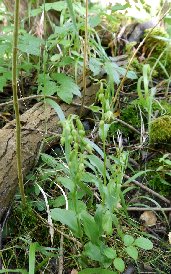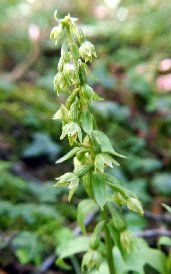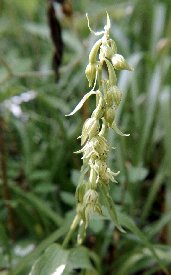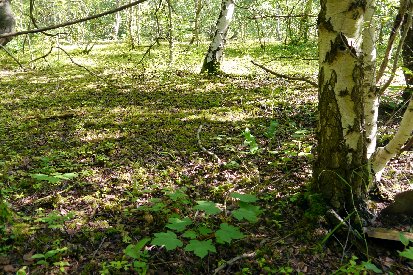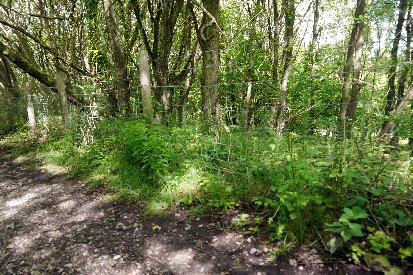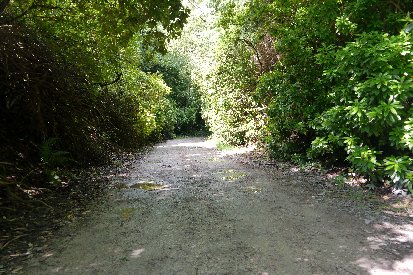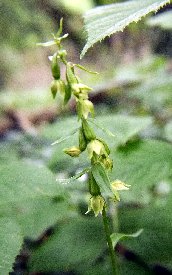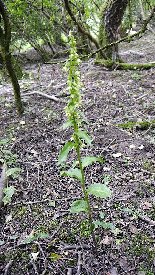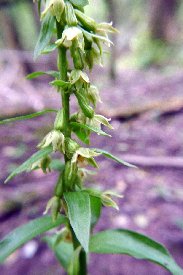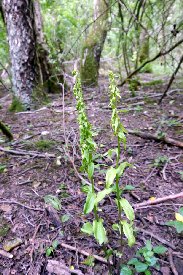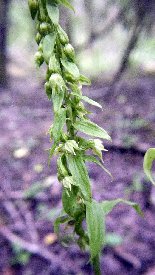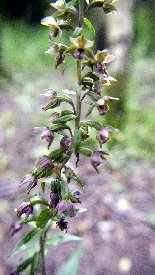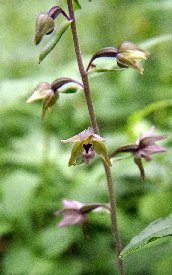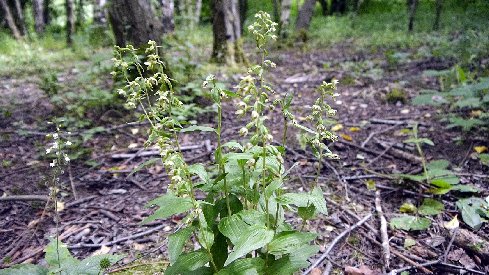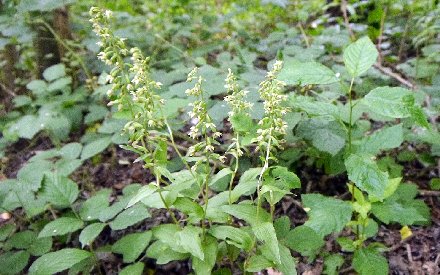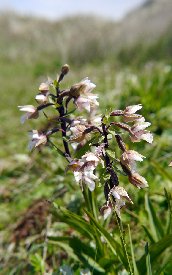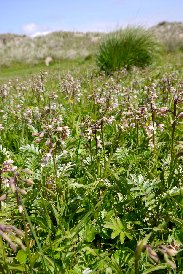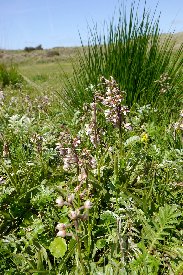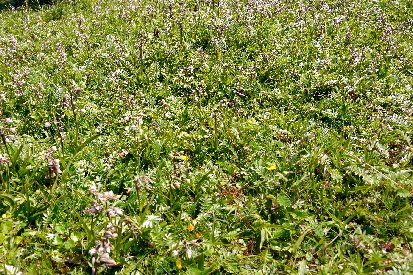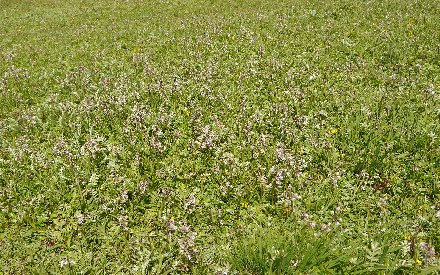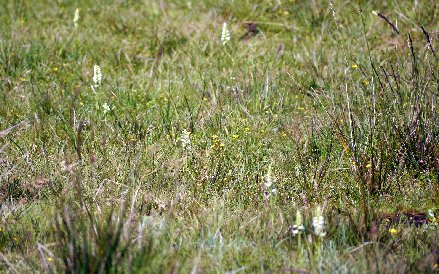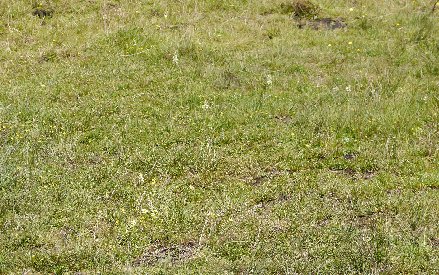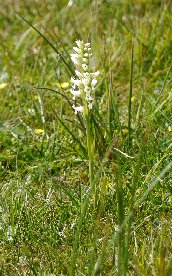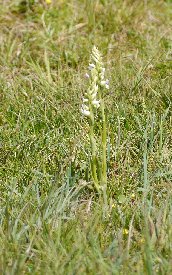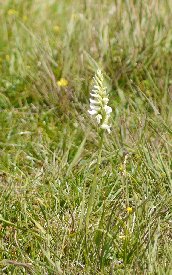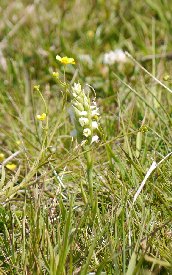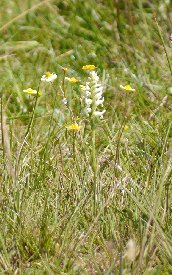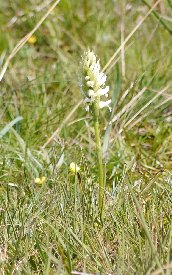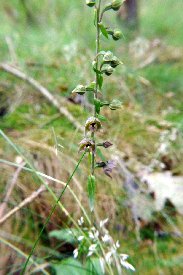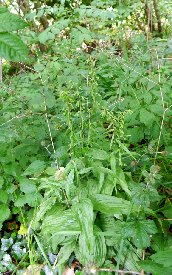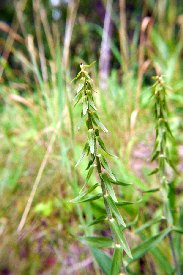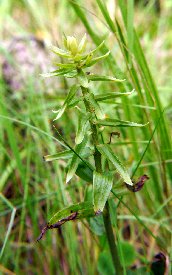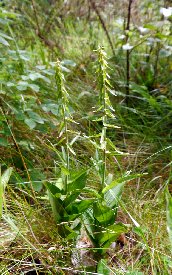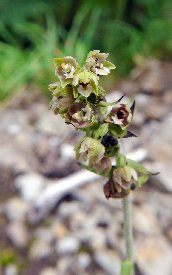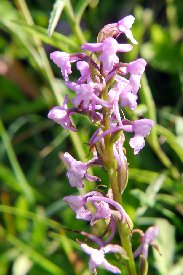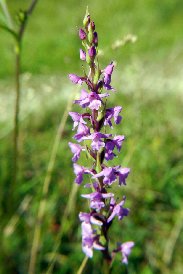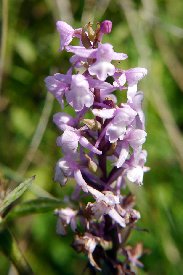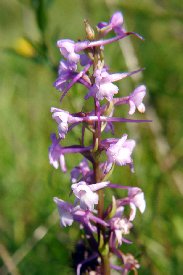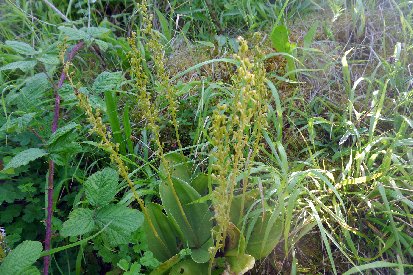|
|
|||||||||||||
|
|
|||||||||||||
 |
|
Marford Quarry, 19th July 2020 A brief return here to see the unusual Epipactis spotted earlier. It turns out to be a Dune Helleborine and not Broad-leaved, so no new species to add to my site list. It is past its best so not worth a photo, but it is noteworthy that this is going some 300 metres away from the other Dunies suggesting there could be more dotted about. Some of the Green-flowered Helleborines are worth a photo though. I have noted that at what used to be the railway sidings where there used to be quite a few Common Spotted Orchids there were none to be seen on our visits this year. E. helleborine study week 1, 19th July 2020 I am planning a piece about the flowering times of the Broad-leaved Helleborines at three local sites with the hope that it accepted for publication by the Hardy Orchid Society. I will not give too much away here, just to say that the sites in question are Marford Woods, Minera Lead Mines and Nant-y-Ffrith. All have decent sized populations. Essentially I shall score the plants according to how developed the flowers over a period of at least three weeks. The three sites have similarities and differences and I hope to be able to come to some conclusions.
I shall be counting a rough percentage of each at these flowering stages Alyn Waters Country Park, 20th July 2020 Starting on the Llay side we go to see the Green-flowered Helleborines first. At the usual places there are some nice ones; once you get your eye in that is, as they blend in with the other plants somewhat. Then we strike out on a path we haven`t tried before. As many times as we have been here, there are still some places to investigate. The winds through the middle of the woodland and I am not expecting much to see when suddenly There are some really tall GFH. One on its own is 68 cm tall, while a pair both weigh in at 60 cm. Perhaps not a record, but the biggest I have ever seen. A single Dune Helleborine nearby is no dwarf specimen either. This is an area with nor real ground cover, under a canopy of branches. Back on the Gwersyllt side of the park, in the little glade over the bridge, the Broad-leaved Helleborines are now coming out. There are more than I first thought, with some striving to rise above brambles and other vegetation. Additionally there are some great Dune Helleborine find here. The Harraps state that this species usually grows with a single stem occasionally there may be two or three. Well what do they know? Here is a clump of 9 spikes, and another with 7. try as I might, I can find no plants suggesting hybridisation between these two species. Ynys Las 21st July 2020 (SN 60948 94102) I am a bit surprised to see how few time I have visited here since this blog started, but prior to that we have been many times. However, since 2007 we have not been here in late July, so while all the Marsh Orchids will have long gone we get to see the Marsh Helleborines at their peak; and it is a peak. In some patches they grow so dense that it would be impossible to fit more in. Clearly their are patches of dune slack that are just perfect for this species. This slack, accessed via the boardwalk from the beach car park, past the visitor centre, is home to many Marsh Orchids in early June, but today they are just a few ripening seed heads. On the way we stopped off at a place where I saw Large Heath butterflies previously but failed to get a decent photo, so this was a chance to rectify that - but it wasn`t to be. Anyway I also knew that nearby an amazing discovery had been made, but organised field trips have been put back till 2021 due to Covid. I also know that the plants in question were guarded by an electric fence. So, when we see one of these in an easily accessible field it is worth having a gander. This is a species I never expected to see without ferry trip or two. That it has been found in Wales though is no surprise. Apart from Ireland and a few Hebridean islands it is absent from the rest of Europe, yet widespread in eastern North America. It is logical to assume the Irish colonies came from airborne seeds from across the Atlantic. If they can do that then the Irish Sea should be a cinch. All they need is a suitable habitat and not get eaten before colony stabilisation. One cannot, however, rule out deliberate introduction, but who and why? Brymbo Pool and Tanyfron, 24th July 2020 This is just a little excursion to see two local sites, both with small populations of Broad-leaved Helleborines. at neither site are they truly in flower and there is not a lot to say more than that, except the large clump in a the tress and undergrowth next to a footpath at Tanyfron looks good. E. helleborine study week 2, 26th July 2020 Seven days on and the flowers are maturing as expected. Virtually none have the spike uncurled at any site and some now are beginning to go over. I had hoped to re-find the grossly mutated Broad-leaved Helleborines at Nant-y-Ffrith but the were absent or hidden themselves away. However another anomaly was discovered. A group of seven plants had no flowers - just the bracts normally spaced along the spike which terminated in an unusual way; best if you look at the pictures rather than me try to describe it. There is the possibility that these did have flower buds once, but for some reason they just dropped off; there are tiny dark spots where the pedicle would attach. Another plant looked as if had some form of mutation with a crowded flower head, but it is probably just some growth artifact. We really should have come here sooner for the last of the orchids, but it somehow slipped my mind. All we are left with is the late flowerers of Chalk Fragrant Orchids. Last year we saw these and Common Fragrants, but those are probably the first to go over. All that were worthy of a photograph were classic Marsh Fragrants, although some were not as densiflora as you would expect However, I am not inclined to suggest hybrids between the two Gymnadenia species, the flower appearances are all consistent with Marsh Fragrants. Surprisingly a clump of Common Twayblade are still in flower in this late stage of the year.
|
|
|
||||||||||||||
